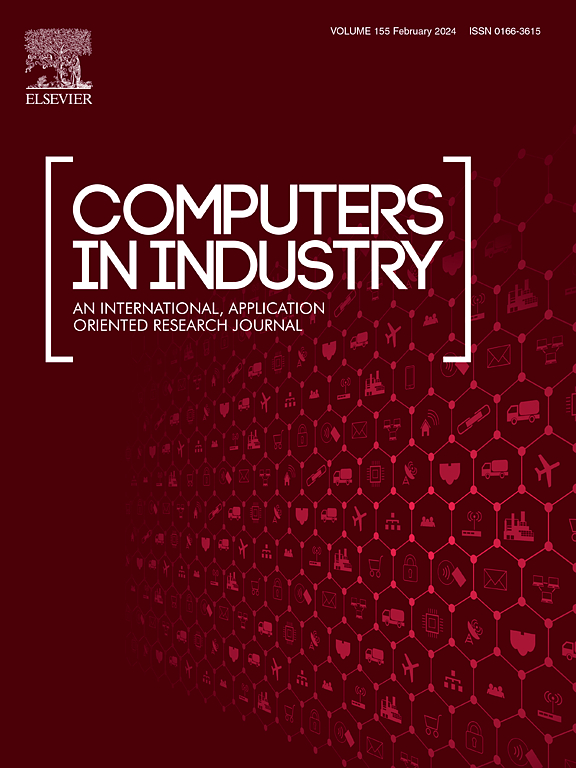Virtual-Real Spatial-Temporal Dual Layer Transformer for virtual sensor state perception
IF 9.1
1区 计算机科学
Q1 COMPUTER SCIENCE, INTERDISCIPLINARY APPLICATIONS
引用次数: 0
Abstract
In practical application scenarios such as air quality, traffic and mechanical processing, sensors are often constrained by spatial capacity, geometric structures, extreme environments and other factors, making it impossible to place them in critical monitoring areas. To address this issue, a novel virtual sensor state perception generalization framework, the Virtual-Real Spatial-Temporal Dual Layer Transformer (VR-STDT) model is proposed. It constructs a spatial-temporal correlation model between real sensors and unobservable virtual sensors, to solve the problem of missing information in sensor-restricted zones. Considering the “stop-start” single-operation system with a short time window and high sampling frequency, a historical similar attention mechanism and a convolution-based time patching mechanism are proposed to effectively solve the contradiction between low resolution and information loss. Finally, verification was carried out in practical application scenarios, such as the kitchen particle concentration diffusion experiment platform and the machine tool spindle temperature experiment platform, and then the open urban air quality data set was used for auxiliary verification. The results show that the proposed model achieved an average performance improvement of 10.20 % over existing inter-node spatial-temporal prediction models.
虚拟传感器状态感知的虚实时空双层变压器
在空气质量、交通、机械加工等实际应用场景中,传感器往往受到空间容量、几何结构、极端环境等因素的限制,无法将其放置在关键的监测区域。针对这一问题,提出了一种新的虚拟传感器状态感知概化框架——虚拟-真实时空双层变压器(virtual - real Spatial-Temporal Dual Layer Transformer, VR-STDT)模型。构建了真实传感器与不可观测虚拟传感器之间的时空关联模型,解决了传感器禁区信息缺失问题。针对短时间窗、高采样频率的“启停”单操作系统,提出了历史相似注意机制和基于卷积的时间补片机制,有效解决了低分辨率与信息丢失之间的矛盾。最后,在厨房颗粒浓度扩散实验平台和机床主轴温度实验平台等实际应用场景中进行验证,然后利用开放的城市空气质量数据集进行辅助验证。结果表明,与现有的节点间时空预测模型相比,该模型的平均性能提高了10.20 %。
本文章由计算机程序翻译,如有差异,请以英文原文为准。
求助全文
约1分钟内获得全文
求助全文
来源期刊

Computers in Industry
工程技术-计算机:跨学科应用
CiteScore
18.90
自引率
8.00%
发文量
152
审稿时长
22 days
期刊介绍:
The objective of Computers in Industry is to present original, high-quality, application-oriented research papers that:
• Illuminate emerging trends and possibilities in the utilization of Information and Communication Technology in industry;
• Establish connections or integrations across various technology domains within the expansive realm of computer applications for industry;
• Foster connections or integrations across diverse application areas of ICT in industry.
 求助内容:
求助内容: 应助结果提醒方式:
应助结果提醒方式:


